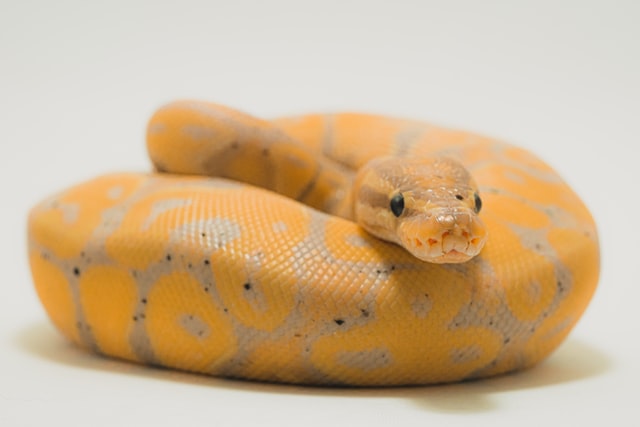- July 22, 2022
- No Comment
- 5 minutes read
As Number of Pet Increase in UK, More Cases of Exotic Snakebites Have Been Reported – Nature World News

Exotic snake bites in the United Kingdom have “soared” over the last decade as the exotic pet’s popularity grows, according to a peer-reviewed study published in Clinical Toxicology.
The UK National Poisons Information Service reported 300 victims of exotic snakebites during an 11-year period (NPIS).
This includes 72 youngsters aged 17 or younger, 13 of whom were only 5 years old or younger. There were no serious injuries among the youngsters.
According to the latest study, which includes an examination of NPIS questions reported between 2009 and 2020 by specialists from prominent universities throughout the UK, there were 321 exotic snakebites from 68 distinct species, as per ScienceDaily.
15 of those bitten experienced serious symptoms. This featured a reptile conservationist who survived an eastern green mamba attack but died after being bitten by a king cobra.
More than 250 species of venomous snakes are considered medically significant by the World Health Organization (WHO), with the majority of them native to Asia, Africa, Latin America, and Oceania.
However, the probability of encountering these deadly animals is no longer geographically confined. Snake ownership has grown in popularity in the United Kingdom in recent years.
“The likelihood of getting bitten by an exotic (non-native) snake (in the UK) is still rare,” says lead author Pardeep Jagpal of the National Poisons Information Service (Birmingham Unit).
When these events occur, quick access to competent clinical guidance and the availability of proper anti-venom are critical issues.
The NPIS provides 24-hour advice to NHS healthcare professionals in the UK on how to manage exotic snakebites.
The authors looked at all snakebites-related phone calls received by the service between January 2009 and December 2020.
They refused to answer questions regarding the European adder, the only deadly snake endemic to the United Kingdom, or where it may be found.
The vast majority of these exotic snakebites caused no or mild to severe symptoms.
However, fifteen bites resulted in serious symptoms, and they were all inflicted by front-fanged Viperidae or Elapidae. Antivenom was administered to a total of seventeen patients.
“Our findings show an increase in the number of exotic snakebites reported to the NPIS compared to previous figures,” says co-author Professor David Warrell of the University of Oxford, a world leader in tropical medicine and the founding director of the Centre for Tropical Medicine and the Wellcome Trust-Mahidol University Oxford Tropical Medicine Research Programme in Thailand.
Read more: Simulation Model ‘Predicts’ Snakebites to Save Human Lives
Seek immediate medical assistance, since serious or even life-threatening symptoms may appear minutes after the bite, or they may appear hours later, as per UC Davis Health.
Rattlesnake bites can cause severe pain and swell at the site of the bite, as well as heavy bleeding, nausea, swelling in the mouth and throat, making breathing difficult, lightheadedness, drooling, and, in rare circumstances, collapse and shock.
Do not use ice, a tourniquet, or a constricting band, try to suck out the venom, or use any equipment to cut or slice the bite site.
Amputation can result from blood vessel constriction around a rattlesnake bite. Remove wrist watches, rings on fingers, and anything constrictive from the wound and wash it with soap and water.
Keep cool, avoid strenuous activity, and keep the injured extremity below the level of your heart until you can be evacuated to a medical institution.
While the likelihood of getting bitten by a rattlesnake is low. People can reduce their risks of getting bitten and developing severe or even life-threatening symptoms by taking simple measures outside.
Never go barefoot or in sandals in situations where you can’t see where you’re putting your feet. Hiking boots and long pants provide an added layer of protection against rattlesnake encounters. However, these barriers will not give total protection against a bite.
Snakes can sleep practically anywhere that is out of sight. They can hide from predators, escape harsh temperatures, and seek prey as a result of this.
Because paths have fewer hiding spots for snakes, they provide some safety for you. Snakes are protected by brush. Stay on paths to avoid upsetting a rattlesnake that may be lurking.
Related article: Snake Bites an Indian Man, He Takes ‘Revenge’ by Biting it Repeatedly
Tags UK, snakebites, snake pets
© 2022 NatureWorldNews.com All rights reserved. Do not reproduce without permission. ![]()

